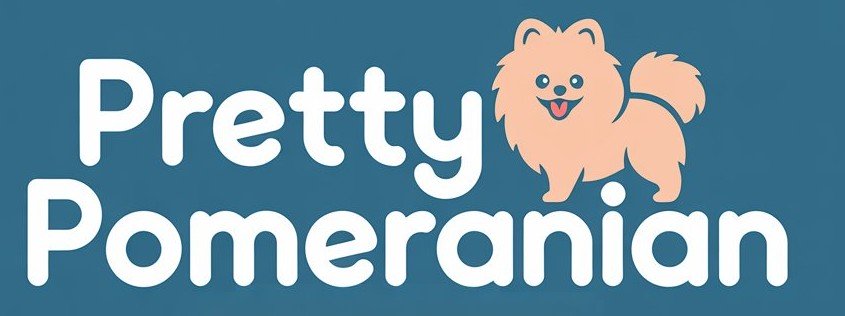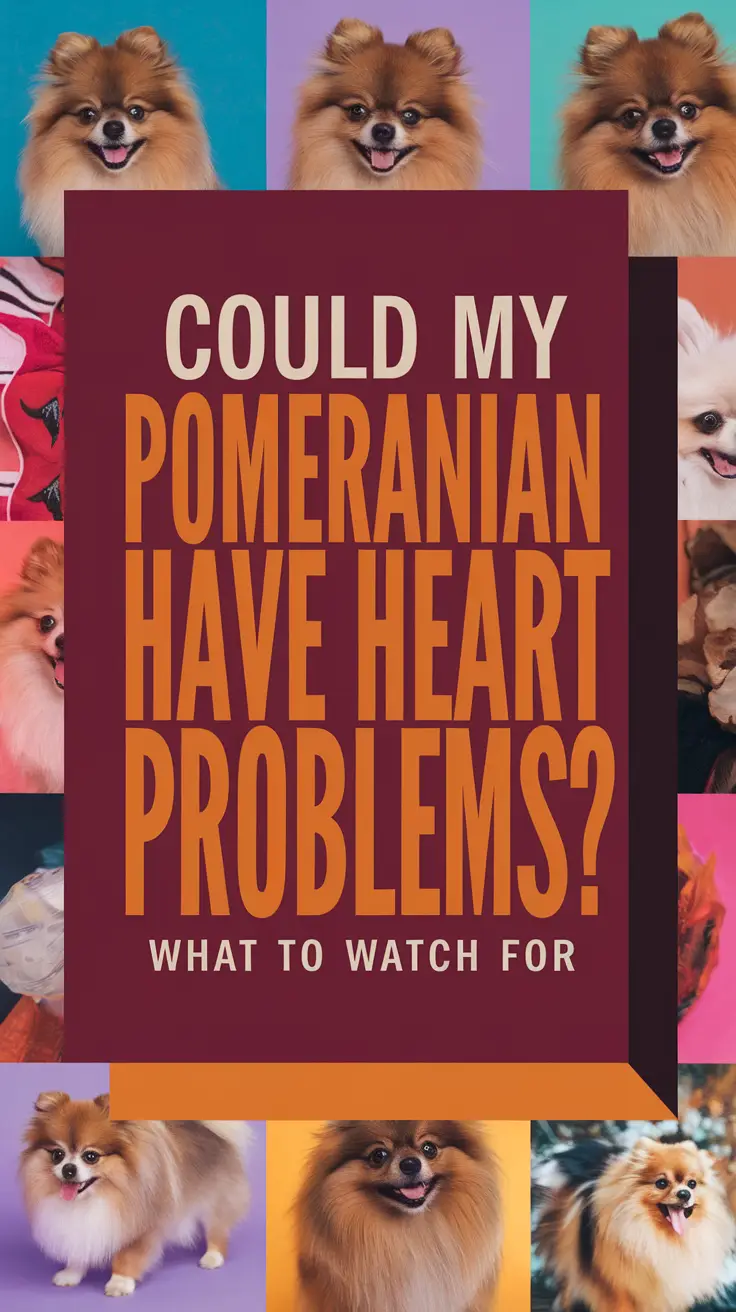As a Pomeranian parent, you’ve probably caught your fluffy companion eyeing your houseplants with the same intensity they reserve for squirrels outside the window. Trust me, I learned this lesson the hard way when my Pomeranian Sash decided my beautiful lily arrangement was her personal salad bar – resulting in a frantic midnight vet visit that could have been avoided with proper plant knowledge.
Quick Plant Safety Summary
- Over 700 plants are toxic to dogs, with lilies, azaleas, and sago palms being extremely dangerous for Pomeranians
- Small dog breeds like Pomeranians are at higher risk due to their size – even tiny amounts of toxic plants can cause serious harm
- Creating a dog-safe garden and home environment requires knowing both what to avoid and safe alternatives to enjoy
The Most Dangerous Plants for Your Pomeranian
The American Kennel Club maintains an extensive list of toxic plants, but some pose particular risks to our petite Pomeranians. Dr. Sarah Martinez, a veterinary toxicologist, explains that “small breed dogs face amplified risks from plant toxins because their body weight means even minimal exposure can reach dangerous concentration levels quickly.”
Extremely Toxic Plants (Emergency Vet Territory)
Sago palms top my “absolutely never” list after witnessing a neighbor’s Pomeranian require intensive care from chewing just one seed. These prehistoric-looking plants contain cycasin, which causes liver failure in dogs. Easter lilies, tiger lilies, and day lilies are equally dangerous – kidney failure can occur within hours of ingestion.
Azaleas and rhododendrons might look gorgeous in your garden, but they contain grayanotoxins that can cause heart problems, difficulty breathing, and seizures in Pomeranians. I’ve removed every azalea from my property after Sash showed interest in the fallen flowers during our morning walks.
Moderately Dangerous Plants (Still Concerning)
Oleander produces beautiful blooms but every part contains cardiac glycosides that affect heart rhythm. Tulip and daffodil bulbs are particularly tempting to digging Poms – the bulbs contain the highest concentration of toxins and can cause severe digestive upset and heart irregularities.
Castor bean plants might seem harmless, but they produce ricin, one of the most potent plant toxins. Even small amounts can be fatal to a Pomeranian’s tiny system.
Common Household Plants That Spell Trouble
Your indoor jungle might be harboring hidden dangers. Pothos, often called “devil’s ivy,” lives up to its sinister nickname by causing mouth irritation and difficulty swallowing. Philodendrons contain calcium oxalate crystals that create immediate mouth pain – nature’s way of trying to prevent further consumption, but the damage is already done.
Dieffenbachia, or “dumb cane,” earned its common name because it can temporarily prevent speech due to throat swelling. Snake plants, while trendy and low-maintenance, contain saponins that cause nausea and diarrhea.
I learned about English ivy the hard way when Sash developed severe digestive upset after nibbling trailing vines. The saponins in ivy can cause breathing difficulties in severe cases – definitely not worth the aesthetic appeal.
Garden Plants Your Pom Should Avoid
Foxglove might create stunning cottage garden displays, but it contains digitalis compounds used in heart medications – dangerous in uncontrolled doses. Morning glories and moonflowers contain LSA compounds that cause hallucinations and agitation.
Rhubarb leaves contain oxalic acid and should never be composted where curious Pomeranians might investigate. The same goes for tomato and potato plant leaves – while the fruits are generally safe, the green parts contain solanine.
Wisteria creates breathtaking spring displays but the seeds and pods contain lectins that cause severe digestive distress. I’ve trained Sash to avoid the beautiful purple cascades in our neighborhood, though she still gives them longing looks during our walks.
Safe Plant Alternatives for Pom Parents
Creating a dog-friendly space doesn’t mean sacrificing beauty. Spider plants are completely safe and provide entertainment value – Sash loves batting at the trailing babies. Boston ferns add lush greenery without worry, and prayer plants create stunning foliage displays.
For outdoor spaces, consider marigolds, zinnias, and sunflowers. Herbs like basil, cilantro, and parsley are safe and functional. I’ve created a dedicated “Sash section” in my garden with pet-safe plants she can investigate freely.
Roses present an interesting case – the flowers themselves aren’t toxic, but thorns pose injury risks. I stick to thornless varieties in areas where Sash roams freely.
Creating a Pom-Safe Environment
Elevation is your friend when dealing with questionable plants. Wall-mounted planters and high shelves keep tempting foliage out of reach. However, remember that Pomeranians are surprisingly athletic – Sash has shocked me with her jumping abilities when sufficiently motivated.
Consider barriers around garden beds containing risky plants. Decorative fencing or strategic placement of safe plants can create natural boundaries. I use large rocks and safe ground cover plants to discourage digging around my rose bushes.
Regular yard maintenance becomes crucial – fallen leaves, seeds, and flowers can be just as dangerous as living plants. I do weekly sweeps of my property, especially during spring and fall when plants are actively dropping debris.
Emergency Response Planning
Despite our best efforts, accidents happen. Keep your veterinarian’s emergency number programmed in your phone, along with the ASPCA Animal Poison Control Center (888-426-4435). Take photos of any plant you suspect your Pomeranian has consumed – this helps veterinarians identify potential toxins quickly.
Never induce vomiting unless specifically instructed by a veterinary professional. Some plant toxins can cause additional damage coming back up. Time is critical with plant poisoning cases, so don’t hesitate to seek professional help.
I keep a pet first aid kit that includes activated charcoal (only used under veterinary guidance) and hydrogen peroxide for emergency situations. However, these should never substitute for professional veterinary care.
The Bottom Line on Plant Safety
Living with a Pomeranian means accepting that these curious, intelligent dogs will investigate everything in their environment. Rather than restricting their natural behaviors, we can create spaces that satisfy their curiosity safely. The effort you put into plant-proofing your home and garden pays dividends in peace of mind and prevents potentially tragic accidents. Your Pomeranian’s safety is worth more than any beautiful but dangerous plant – trust me, there are plenty of stunning, safe alternatives that both you and your fluffy companion can enjoy worry-free.




